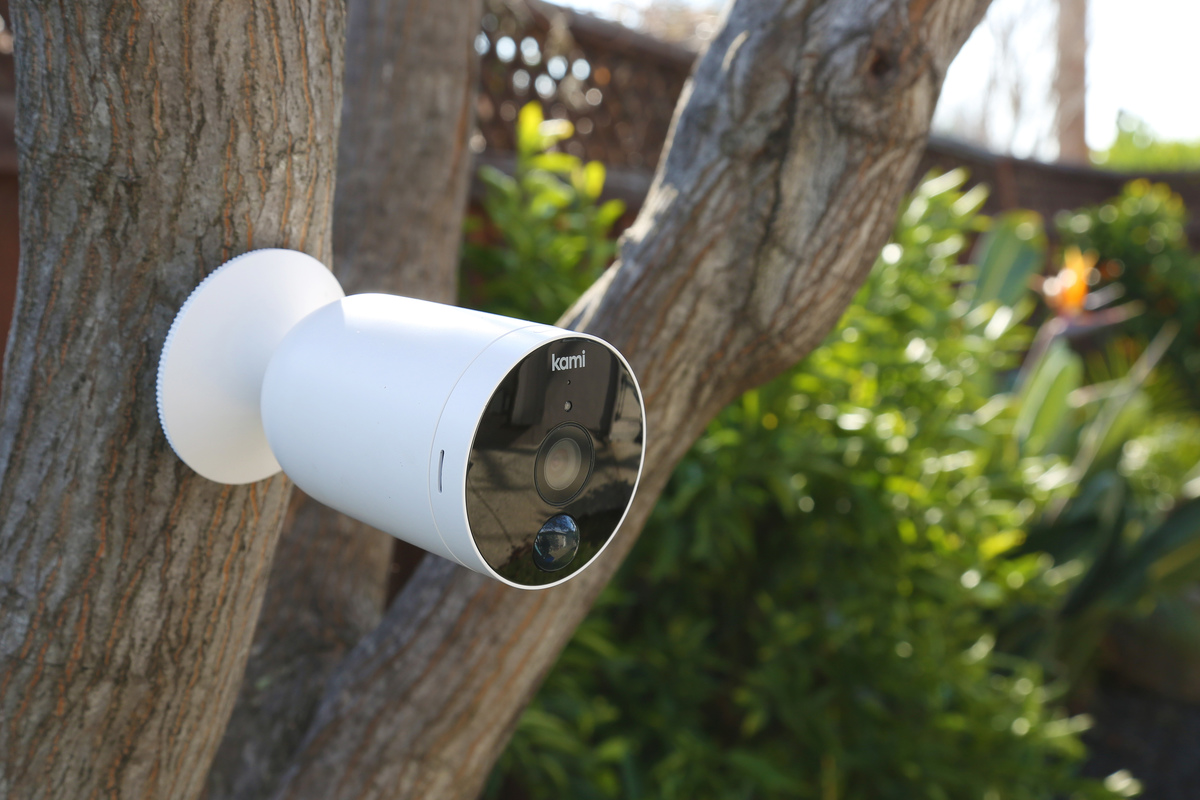Introduction
Time was when Google developer conferences buzzed around Google Maps, Web tool kit and so on. But from the last conference onwards the limelight was on Android, and Chrome in that order. Perhaps the humongous opportunity resting in smartphones has sunk deep into Google. A fact acknowledged by Larry Page himself when he quipped that he would like to run the company via his smartphone.
Google has sought to integrate its other products with Android and update them in Android without having to update Android to match them in compatibility.
Updates
As mentioned in the previous paragraph, Android aficionados do see a silver lining out of the limited Android updates. Blogs are rife with how features introduced from this edition onwards don’t necessarily need an update in the OS. It provides fodder for agreement as the basic premise for changing an OS’ version is to enable it to play all the applications, be it ancient or futuristic. The various versions and configurations (of individual mobile hardware companies like Samsung, HTC, Sony etc) of Android were creating considerable firewalls to updating even the proprietary Google apps; apps that provide the quintessential Android experience. Google via its feature update, effectively tackles the problem of fragmentation as Google+, Gmail, Google Maps, Google Play, apps that are present in Android from versions Froyo onwards a well as Google Music All Access that are to be introduced now can all reside in versions Froyo onwards without need of an update. It seems the issue of fragmentation has been hopefully nailed.
Android Studio: this update does have the name android stamped on it! Meaning, it is Android specific. News is that Google plans to introduce Android Studio to replace the existing Eclipse developer environment for Android apps. Google collaborated with JetBrains to create the Android Studio. Of course this development has some loose ends to tie up, yet Google feels this IDE when launched would help Android developers increase their productivity. Here’s how it could help:
- It combines capabilities of Maven and Ant to build flexible and variedly flavored solutions.
- Excellent code editing capabilities including finding inline resources and Android specific customizations. It is boosted by advanced editor UI that enables drag-drop of widgets, simulate output view in different hardware configurations and even preview while editing in XML.
- Provides deep analytical capability to identify all sorts of bugs
- Provides wizards based on preset templates and also access to other Google services.
- Provides for easy migration of projects from Eclipse (as export) or import into Studio (of existing Eclipse IDE projects).
Google has, like Android OS, made Android Studio free and open source which could be the sweetener.
Google Play: Android developers can use the Google Play services to procure the desired APIs to construct maps, games or social media (read Google+) on Android devices (mobiles or tablets).
Gaming: entertainment is moving to handheld devices by droves putting a premium on providing the same user experience as in computer/gaming console. Google has stepped up the user experience by introducing the following features:
- Leaderboards: a maximum of 100 leaderboards, both public and social, is provided to enable developers engage users by letting them compare scores with other players. Leaderboards are created automatically for daily, weekly, monthly or customized versions.
- Rewards system: developers can reward users for engaging in the game by providing standard or incremental achievements that can be viewed in a user interface. The can use the developer consoles to control the achievements.
- Google provides the Cloud Saving APIs to save game status and settings on cloud.
- Developers can allow users to invite other players to the game or play with random users with the maximum limit pegged at 4.
Google facilitates the development of location aware apps by providing the following APIs:
Geofencing APIs: this API is used to define geographical boundaries. It also provides the following options:
- to create alert filters for customers exiting a particular area
- alter updates of location in response to locomotion habit(like walking, riding or driving)of the customer (see Activity recognition API)
- add or delete geographical boundaries
Fused location provider: this API uses underlying schema to provide the apt results to your query on locations, even complex level queries. It is quick, versatile and utilizes lesser battery power.
Activity recognition provider: this API uses power sensors to detect the customer’s current activity, for example, driving, walking, riding idling etc. This is used in tandem with the Geofencing API to provide the apt updates to the customer.
Single Sign-on via Google+: accounting for the fact that users change mobile devices often and that these devices may run different OS, Google provides the API to sign in via Google+ in any device. This obliterates the need to make services like Google Wallet, Games, Plus device specific. There are libraries for these services that respond to the auto sign request using their method.
Google Cloud Messaging: Google has made it possible to register apps using its Single Method. It also provides for messaging to 3rd party servers via its bi-directional messaging (XMPP) using Cloud Connection Server. Users can synchronize notifications across devices using Google’s APIs for user notification.
Google Play Developer Console: Google has been supporting its huge Android developer community and this year’s conference added the fillip to it.
App Translation Service: The localization support team from Google enables you to avail translation services for a nominal fee and post the strings to be translated in the language of your choice. If required it prompts the apt localization sting in the app graphics, APK or the About the product sections. This eventually helps developers reach out to a wider audience.
Analytics and Monetization: Keep a track on the performance of an app just become easier. Google Play and Google Analytics provide complementing services like app views and downloads and engagement metrics.
Google has introduced the order status API to let developers view the order status of an in-app from their servers. It has also decided not to charge test accounts for in-app test purchases.
Alpha and Beta testing and Staged Rollouts: Google has added the alpha-beta testing to let developers split their apps into two versions, alpha and beta, and get them tested by different user groups. If needed, testers for Google+ can also be added to test these versions.
Developers can henceforth roll-out updates only, to their apps to a batch of users to gauge their feedback. Developers can set the percentage of users who would be using the update.
Verdict
Perhaps for those expecting Android only chants at the Google I/O 2013, it might be a dampener. But for those familiar with the maverick that Google is will vouch the shrewd way it’s gone about indulging Android community. Updates to Google Play, its services, launch of the Android Studio, cloud messaging and ability to sign into Google services sans OS or hardware requirements are significant game changers. In short, it is about updating features sans the need to update OS.
Google’s I/O 2013 was an Android winner, in a hush hush way!
*Androider= a fan of Android who swears by it anytime, anywhere!
Maheshwar Antony















